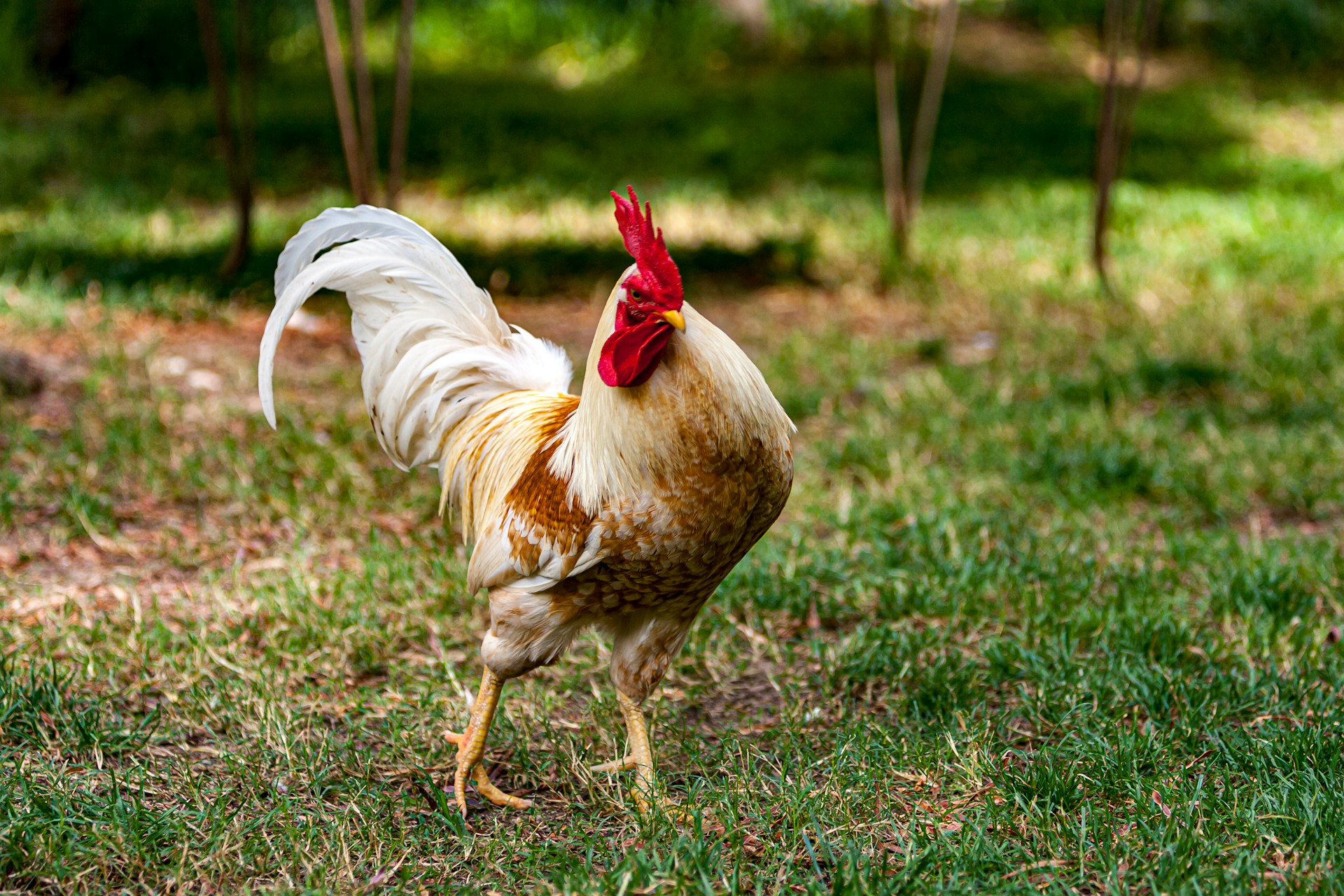Do you dream of a self-sufficient, productive garden that respects the environment? Permaculture is a method that meets your expectations! In this article, we explain what permaculture is, and how to implement it in your vegetable garden. Follow the guide to confidently embark on the adventure of permaculture.
What is permaculture?
Permaculture is a holistic approach to agriculture and gardening, which aims to create sustainable and harmonious ecosystems. It is based on three fundamental principles: caring for the earth, caring for people, and distributing resources equitably. To do this, permaculture relies on a series of techniques derived from nature and the observation of existing biological balances.
In a garden or a vegetable garden based on permaculture, we particularly aim to:
- promote biodiversity ;
- improve the quality of the soil without chemicals ;
- collect and save water ;
- maximize the use of local resources (compost, mulching…);
- pairing plants to optimize their growth and limit pests;
- valorize organic waste to transform it into resources.
Permaculture also often includes elements of livestock (chickens, bees, etc.) to enhance the self-sufficiency and diversity of the garden. In short, it is about cultivating “intelligently”, in harmony with nature and its cycles, rather than forcing it to follow our desires.
How to start a permaculture vegetable garden?
1. Observe your terrain
Any creation of a permaculture garden begins with an observation phase: you need to take the time to get to know your environment well. What is the composition of the soil? Are there wet, shaded, or conversely, very sun-exposed areas? How does water circulate? These pieces of information are essential to adapt your techniques and make the most of your land while minimizing constraints and energy expenditures.
2. Define Your Needs and Goals
What are your desires for this garden? Do you simply want to produce a few vegetables for your personal consumption or are you aiming for greater food self-sufficiency? Do you wish to incorporate decorative elements, relaxation areas, spaces for animals? Also think about the people who will use this garden: what are their preferences, their availability, their mobility? By having a clear vision of your needs and objectives, you can design a coherent project that fits your situation.

3. Arrange in accordance with the principles of permaculture
Once you have observed your plot and defined your needs, it is time to move on to landscaping. Here are some ideas to get started:
- Install mounds or lasagnas to promote soil fertility and facilitate drainage;
- Pair the plants with each other (example: tomatoes and basil) to optimize space, protect crops, and attract pollinators;
- Place natural mulches (dead leaves, grass cuttings …) at the foot of plants to limit evaporation and enrich the soil;
- Recycle and transform organic waste into compost or liquid fertilizers ;
- Experiment with alternative techniques such as crop rotation or agroforestry to diversify your productions and stimulate their vitality.
Don’t forget that no solution is universal: test, adjust, learn from your mistakes and don’t hesitate to exchange with other gardeners or farmers to share your experiences and find ones that work in your context.
Train in permaculture online
Permaculture is a complex approach, which requires time and practice to master. To assist you in your first steps, online video training is available and suited for all levels.
Here are some topics that you can discuss:
- The basics of permaculture: philosophy, ethics, principles and tools;
- Field observation: understanding natural cycles, interactions between species, and soil quality indicators;
- Designing a permaculture garden : design process, species selection, cultivation and landscaping techniques;
- Care given to plants and animals : sowing, harvesting, pest control, health of plants and livestock;
- Local resource management : composting, mulching, water recovery, renewable energy production.
In addition to these trainings, you can also consult blogs, forums or specialized groups on social networks to benefit from practical advice throughout your learning.
To go further…
Starting a permaculture garden is an exciting and enriching adventure, which will allow you to gain autonomy while helping to preserve our planet. Do not get discouraged by the difficulties you will encounter, they are an integral part of the learning process. The key to success? A good dose of patience, curiosity and an open mind to the surprises that nature will offer you. So, are you ready to get started?

